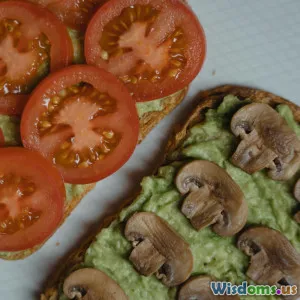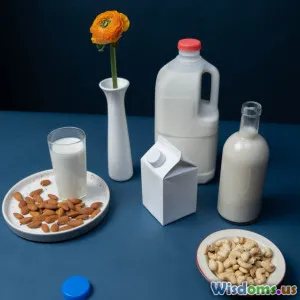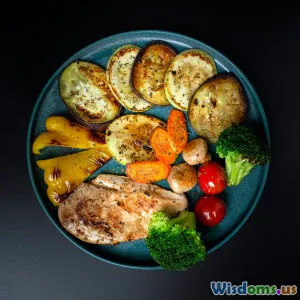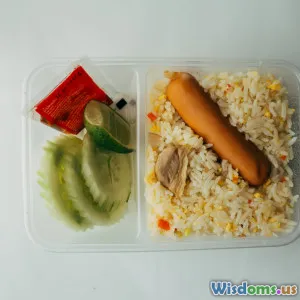
Vegetarian Kids How to Ensure Complete Nutrition
31 min read Evidence-based guide to nourishing vegetarian kids with complete proteins, iron, B12, calcium, omega-3s, and zinc, plus age-appropriate portions, sample menus, supplementation tips, and picky-eater strategies. (0 Reviews)
Raising a vegetarian child can be joyful—and a little nerve-wracking. You want colorful plates, curious palates, and most of all, confident growth. The good news: well-planned vegetarian diets are appropriate for kids at every stage of development. Major professional organizations, including the Academy of Nutrition and Dietetics, note that vegetarian (and even vegan) diets can meet nutrient needs when thoughtfully designed.
This guide translates that reassurance into day-to-day action, with practical menus, grocery tips, and smart strategies for nutrients parents ask about most—from protein and iron to DHA and B12.
What "complete nutrition" looks like for vegetarian kids
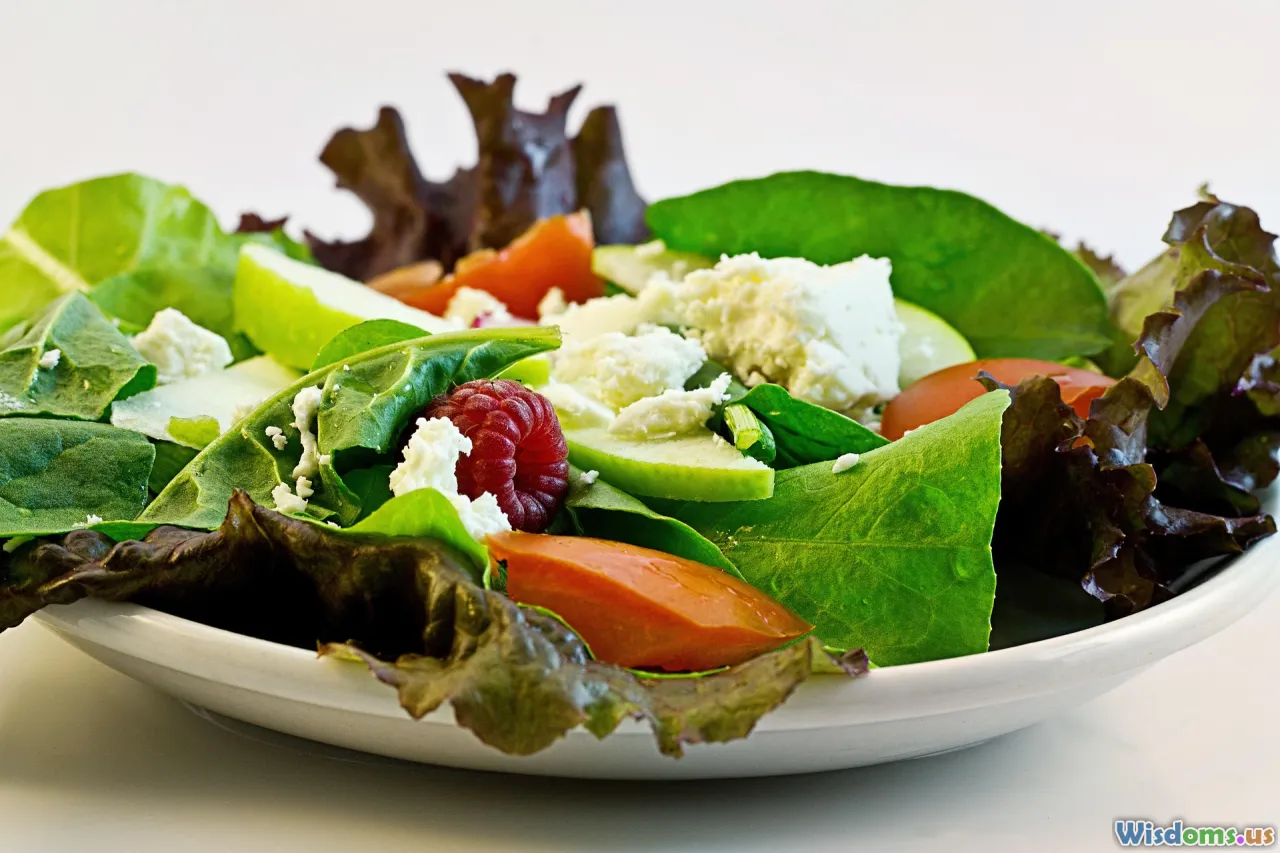
Complete nutrition simply means meeting your child’s daily needs for energy (calories), macronutrients (protein, fat, carbohydrates), and micronutrients (vitamins and minerals) to support growth, immunity, brain development, and active play.
Consider these benchmarks (based on widely accepted reference intakes; individual needs vary):
- Protein (RDA per day):
- 1–3 years: 13 g
- 4–8 years: 19 g
- 9–13 years: 34 g
- 14–18 years: 46 g (girls), 52 g (boys)
- Iron (RDA per day):
- 1–3 years: 7 mg
- 4–8 years: 10 mg
- 9–13 years: 8 mg
- 14–18 years: 11 mg (boys), 15 mg (girls)
- Calcium (RDA per day):
- 1–3 years: 700 mg
- 4–8 years: 1,000 mg
- 9–18 years: 1,300 mg
- Vitamin D (RDA per day): 600 IU (15 mcg) for ages 1–18
- Vitamin B12 (RDA per day):
- 1–3 years: 0.9 mcg
- 4–8 years: 1.2 mcg
- 9–13 years: 1.8 mcg
- 14–18 years: 2.4 mcg
- Iodine (RDA per day):
- 1–8 years: 90 mcg
- 9–13 years: 120 mcg
- 14–18 years: 150 mcg
- Omega-3 ALA (adequate intake per day):
- 1–3 years: 0.7 g
- 4–8 years: 0.9 g
- 9–13 years: 1.2 g (boys), 1.0 g (girls)
- 14–18 years: 1.6 g (boys), 1.1 g (girls)
Key principles for vegetarian kids:
- Prioritize energy density. Small stomachs plus high-fiber foods can mean kids fill up before meeting calorie needs. Use avocado, nut/seed butters, olive oil, and soy products to boost calories.
- Aim for a protein source at each meal and most snacks.
- Pair iron-rich foods with vitamin C sources.
- Include a calcium-fortified food 2–3 times daily.
- Plan for B12 and iodine consistently (often via fortified foods or supplements).
Protein: easy wins beyond tofu
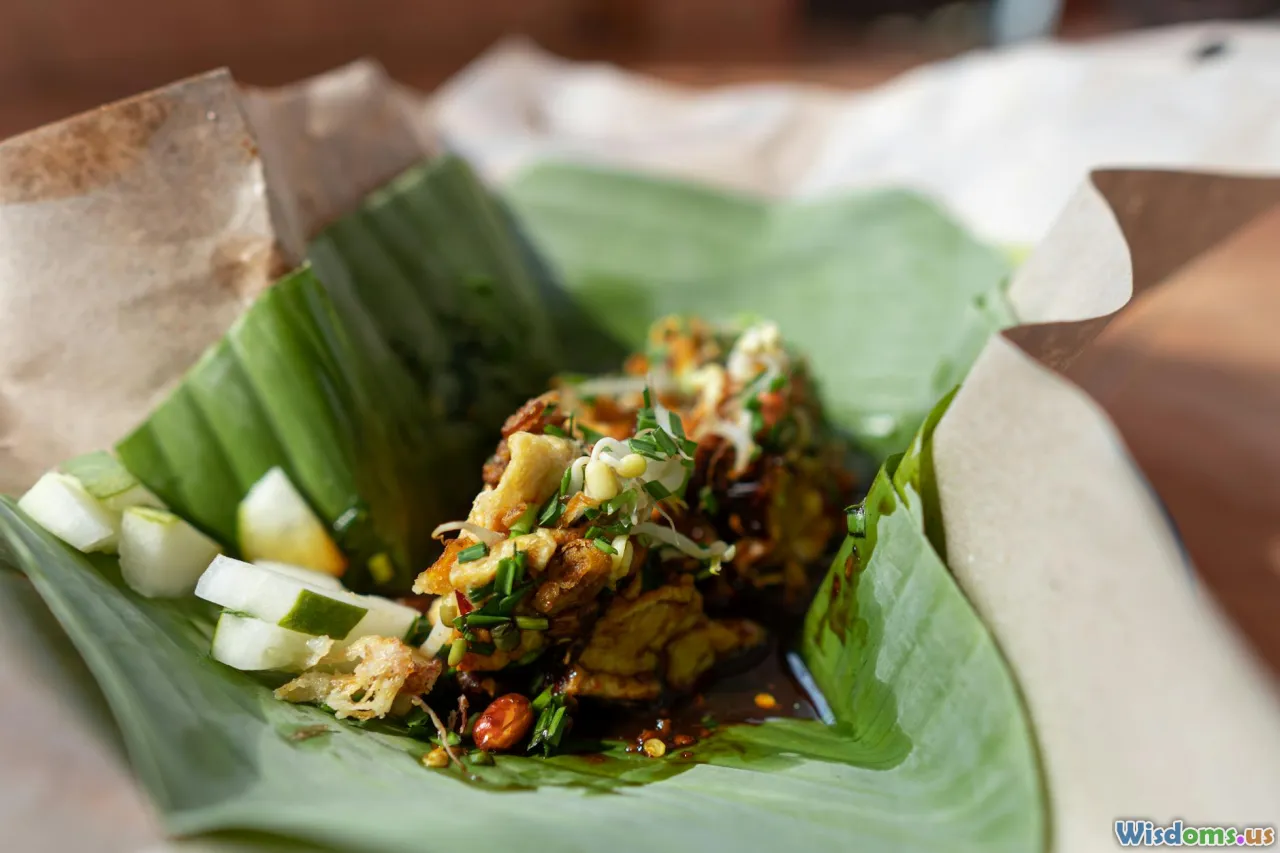
Protein supports muscles, immunity, enzymes, and growth plates. Vegetarian kids can meet needs without fuss by placing protein at the center of the plate—not as an afterthought.
Kid-friendly protein powerhouses (approximate amounts per typical kid-serving):
- Lentils, cooked (1/2 cup): ~9 g protein, plus ~3 mg iron
- Firm tofu (1/2 cup): ~10 g protein; calcium varies if calcium-set
- Edamame (1/2 cup): ~8–9 g protein
- Peanut butter (2 Tbsp): ~7 g protein; try almond, cashew, or soy nut butter for variety
- Tempeh (1/2 cup): ~15 g protein
- Fortified soy milk (1 cup): ~7–8 g protein (varies by brand)
- Greek yogurt (if lacto-ovo; 3/4 cup): ~12–15 g protein
- Eggs (1 large, if lacto-ovo): ~6 g protein
- Whole wheat bread (1 slice): ~3–4 g protein per slice
How to hit the target without tracking every gram:
- Use the 1-2-3 approach for meals:
- 1 protein anchor (tofu cubes, lentil patties, eggs, cheese, Greek yogurt, soy milk)
- 2 colors (fruit and/or vegetable)
- 3 energy builders (whole grain, healthy fat, and a calcium source)
- Distribute protein across meals:
- Breakfast: soy milk oatmeal with peanut butter; or scrambled eggs with whole-grain toast and berries
- Lunch: hummus and avocado wrap with edamame on the side
- Snack: yogurt with chia and fruit
- Dinner: chickpea pasta with marinara and roasted broccoli + olive oil drizzle
Expert tip: For active kids and teens, aim for a quality protein source 4–5 times per day. Soy foods are particularly helpful because they provide all essential amino acids and are rich in leucine, which supports muscle protein synthesis.
Iron and zinc: absorption matters
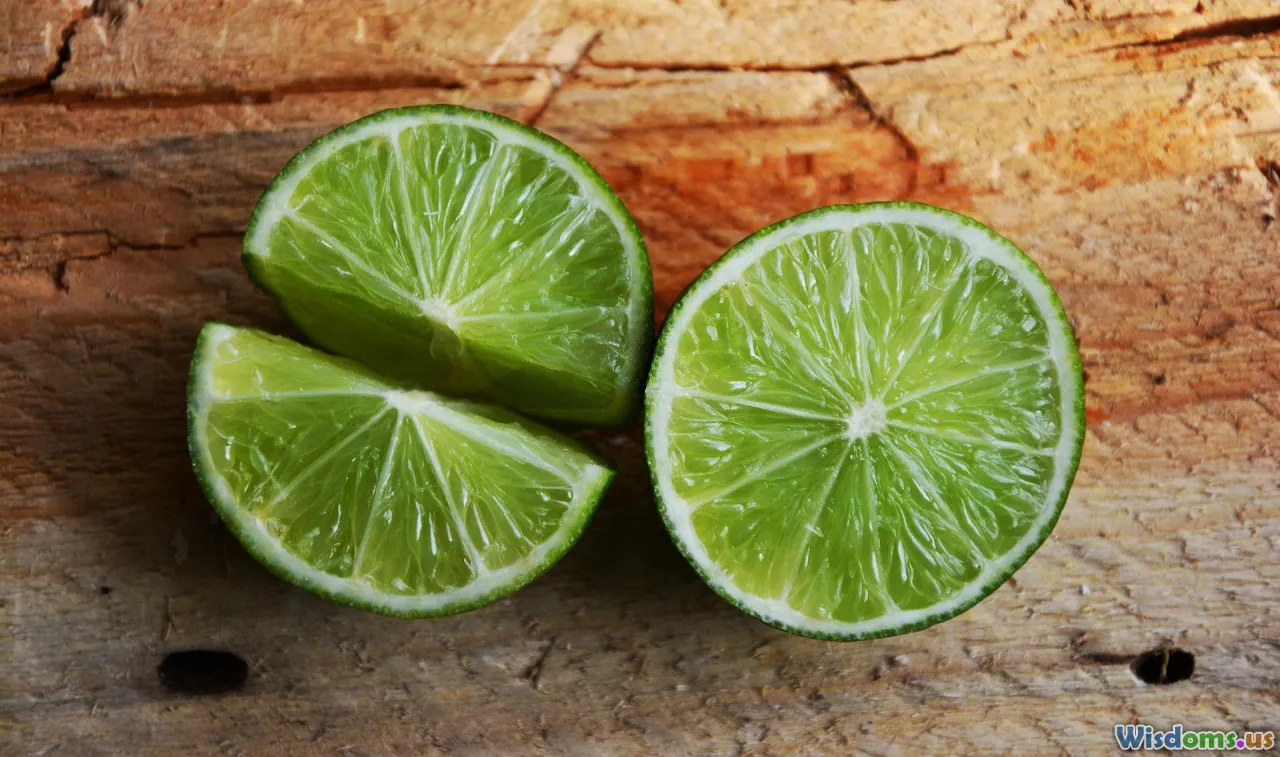
Iron supports oxygen transport and cognition; zinc supports immune function and taste. Plant iron (non-heme) absorbs less efficiently than heme iron from meat, but simple strategies improve uptake.
Smart pairing and prep:
- Pair iron-rich foods with vitamin C:
- Examples: lentil soup + orange slices; bean chili + bell pepper strips; tofu stir-fry + pineapple
- Reduce absorption inhibitors:
- Tea/coffee with meals can hinder iron; offer them away from mealtimes
- Calcium competes with iron; if your child needs an iron-rich meal, keep high-calcium foods for other meals
- Activate absorption with prep methods:
- Soak and cook beans thoroughly; sprout legumes and grains when possible
- Choose sourdough breads, which can reduce phytates
- Use cast-iron cookware; it can add small amounts of iron to food
Iron-rich vegetarian foods (per kid-friendly serving):
- Lentils, cooked (1/2 cup): ~3 mg
- Chickpeas, cooked (1/2 cup): ~2.4 mg
- Black beans, cooked (1/2 cup): ~1.8 mg
- Tofu (1/2 cup): ~3 mg (varies)
- Pumpkin seeds (1 oz): ~2.3 mg
- Tahini (2 Tbsp): ~2.6 mg
- Fortified breakfast cereals (check label): often 8–18 mg per serving
- Blackstrap molasses (1 Tbsp): ~3.5 mg—add to smoothies or oatmeal
- Spinach, cooked (1/2 cup): ~3 mg, but note oxalates reduce absorption—pair with vitamin C
Zinc-rich foods:
- Pumpkin seeds (1 oz): ~2.2 mg
- Chickpeas (1/2 cup): ~1.3 mg
- Fortified cereals and breads: check labels
- Dairy and yogurt (if included): ~1 mg per 1 cup yogurt
- Tempeh (1/2 cup): ~1.5–2 mg
Actionable plan:
- Aim for 1–2 iron-rich options and 1 zinc source daily
- Include a vitamin C food at meals (citrus, berries, bell peppers, kiwi, tomatoes)
- Consider an iron supplement only if recommended by your pediatrician; over-supplementation can be harmful
Calcium and vitamin D: bones in the making
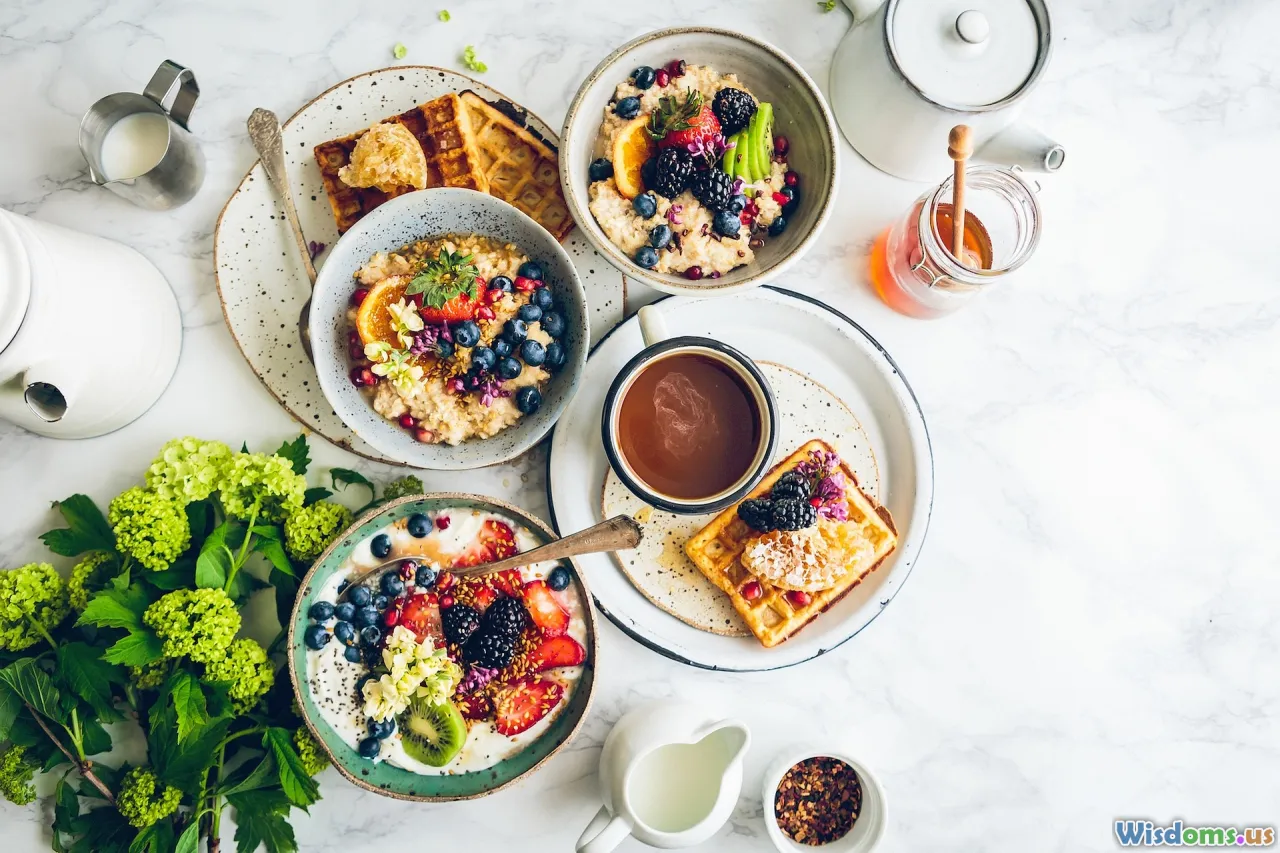
Kids build about 40% of their peak bone mass during adolescence, and the foundation starts much earlier. Calcium and vitamin D work as a team; calcium builds the structure, vitamin D helps the body absorb it.
Reliable calcium choices (aim for 2–4 calcium-rich servings per day, depending on age):
- Fortified soy milk (1 cup): ~300 mg
- Fortified plant yogurts (1 cup): ~200–300 mg
- Dairy milk/yogurt (if included; 1 cup): ~300 mg
- Calcium-set tofu (1/2 cup): ~200–250 mg (look for "calcium sulfate" in the ingredients)
- Cheese (1 oz): ~200 mg
- Chia seeds (1 Tbsp): ~76 mg—stir into yogurt or smoothies
- Tahini (2 Tbsp): ~120–130 mg
- Cooked greens like kale or bok choy (1 cup): ~100–175 mg; lower oxalate greens absorb better than spinach
Vitamin D realities:
- Sunshine helps, but latitude, skin tone, season, sunscreen, and time outdoors all change how much vitamin D is made
- Fortified milks typically provide 100–200 IU per cup; most kids still need a supplement to reach 600 IU/day
- Vegan vitamin D3 from lichen or D2 options are available; discuss dosing with your pediatrician
Label-reading tip: Calcium-fortified plant milks using "calcium carbonate" tend to have better bioavailability than those with "tricalcium phosphate." Check that your milk provides at least 25–30% Daily Value (about 300 mg) per 8 oz.
Vitamin B12 and iodine: the non-negotiables

Vitamin B12 is critical for nerves and red blood cells, and it’s scarce in unfortified plant foods. Iodine supports thyroid function and brain development. Both deserve a plan.
Vitamin B12 options:
- Fortified foods: Many plant milks and breakfast cereals contain 1–3 mcg per serving; nutritional yeast often provides ~2–4 mcg per tablespoon (check labels)
- Supplements: A small daily B12 supplement is a simple safety net, especially for vegan families
General B12 daily targets (RDA):
- 1–3 years: 0.9 mcg
- 4–8 years: 1.2 mcg
- 9–13 years: 1.8 mcg
- 14–18 years: 2.4 mcg
Because B12 absorption is complex, many kids do well with a chewable or liquid that provides 5–25 mcg daily (or a weekly dose as advised by a clinician). Always confirm form and dosing with your pediatrician.
Iodine basics:
- Iodized salt is the most consistent source (1/4 tsp typically provides ~70–100 mcg; check your brand)
- Sea vegetables like nori can contribute modest amounts; kelp can be extremely high—use sparingly to avoid excess
- Dairy and eggs (if included) naturally vary in iodine; plant milks usually don’t contain iodine unless specifically fortified
Practical plan:
- Use iodized salt in home cooking unless otherwise directed
- If you rarely use salt or eat mostly outside the home, consider an iodine-containing kids’ multivitamin (confirm dosing)
Omega-3s for brain and eyes
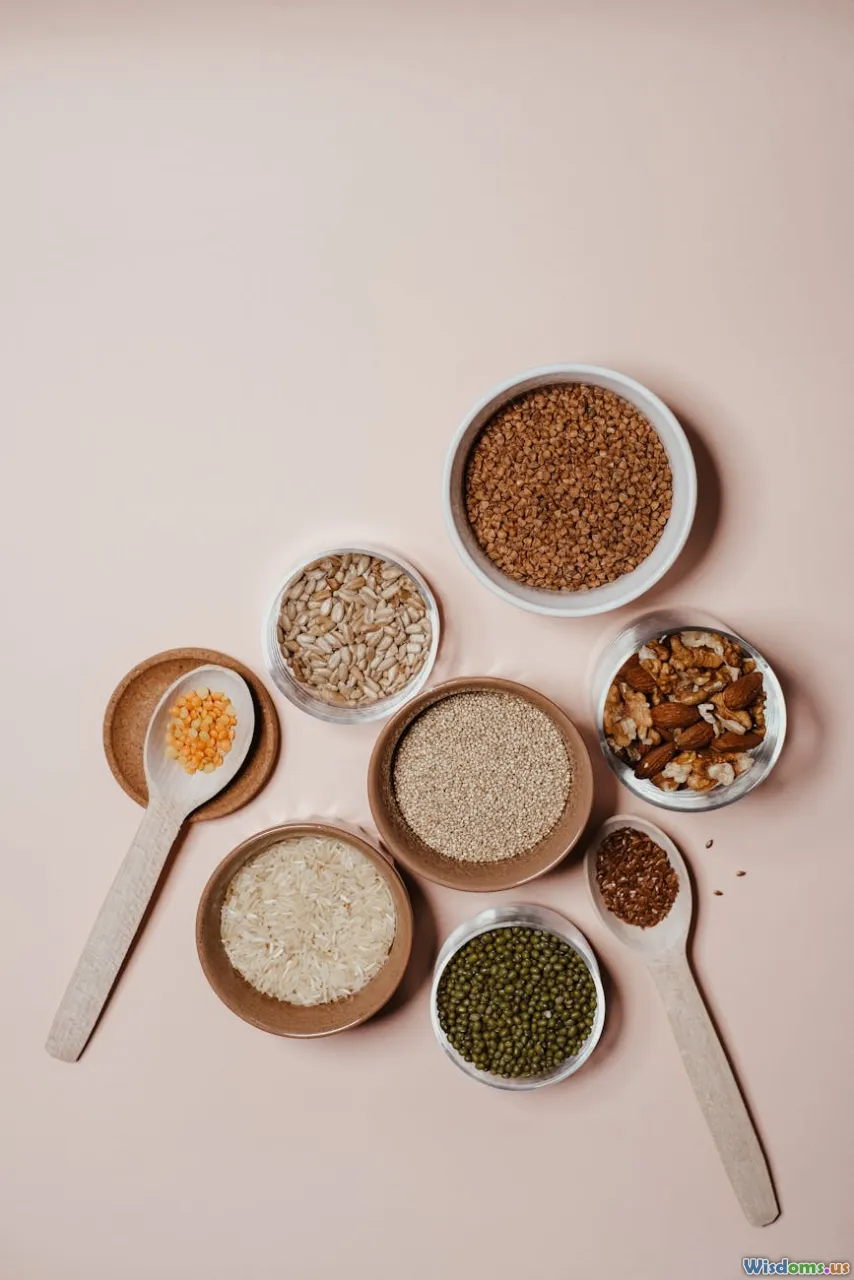
Omega-3 fatty acids support visual and cognitive development. Plant-based diets provide ALA (alpha-linolenic acid), which the body can convert to DHA and EPA, but conversion is limited.
ALA-rich foods:
- Ground flaxseed (1 Tbsp): ~1.6 g ALA; stir into oatmeal or smoothies
- Chia seeds (1 Tbsp): ~1.8–2.5 g ALA; make chia pudding with fortified milk
- Walnuts (1 oz): ~2.5 g ALA; chop for snack mixes
- Canola oil (1 Tbsp): ~1.3 g ALA; use in baking and sautés
DHA/EPA considerations:
- There’s no official RDA, but many pediatric practitioners suggest 100–250 mg/day DHA (sometimes with EPA) for kids, especially if fish isn’t consumed
- Algal oil supplements provide DHA/EPA in a fish-free format; look for third-party tested brands and child-friendly liquids or chewables
Strategic tips:
- Include one ALA source daily (chia, flax, walnuts, canola)
- Consider algal DHA for infants/children who avoid fish; coordinate with your pediatrician about dosing
Choline, selenium, and other under-the-radar nutrients

Past the headline nutrients, a few others deserve attention:
- Choline supports memory and brain development.
- Targets (Adequate Intake): 1–3 years: 200 mg; 4–8 years: 250 mg; 9–13 years: 375 mg; 14–18 years: 400 mg (girls), 550 mg (boys)
- Sources: eggs (1 egg ~147 mg), soybeans (1/2 cup ~50–100 mg), wheat germ (1 oz ~50 mg), peanut butter (2 Tbsp ~20 mg), quinoa (1 cup cooked ~40 mg)
- Selenium bolsters antioxidant defenses and thyroid.
- RDA: 1–3 years: 20 mcg; 4–8: 30 mcg; 9–13: 40 mcg; 14–18: 55 mcg
- Sources: Brazil nuts (1 nut can range ~50–90 mcg; use sparingly), whole grains, beans, dairy/eggs if included
- Vitamin K2 may support bone health.
- Sources: natto (fermented soy), some cheeses (if lacto-ovo); not essential to supplement if overall diet and vitamin D/calcium intake are adequate
Actionable approach:
- If your child eats eggs, one per day covers most choline needs for younger kids
- For vegan kids, include soy foods regularly and consider a kids’ multivitamin/mineral that includes iodine and possibly choline if intake is low
- Limit Brazil nuts to 1 small nut a few times per week to avoid excess selenium
Fiber and energy density: fueling growth without overfilling
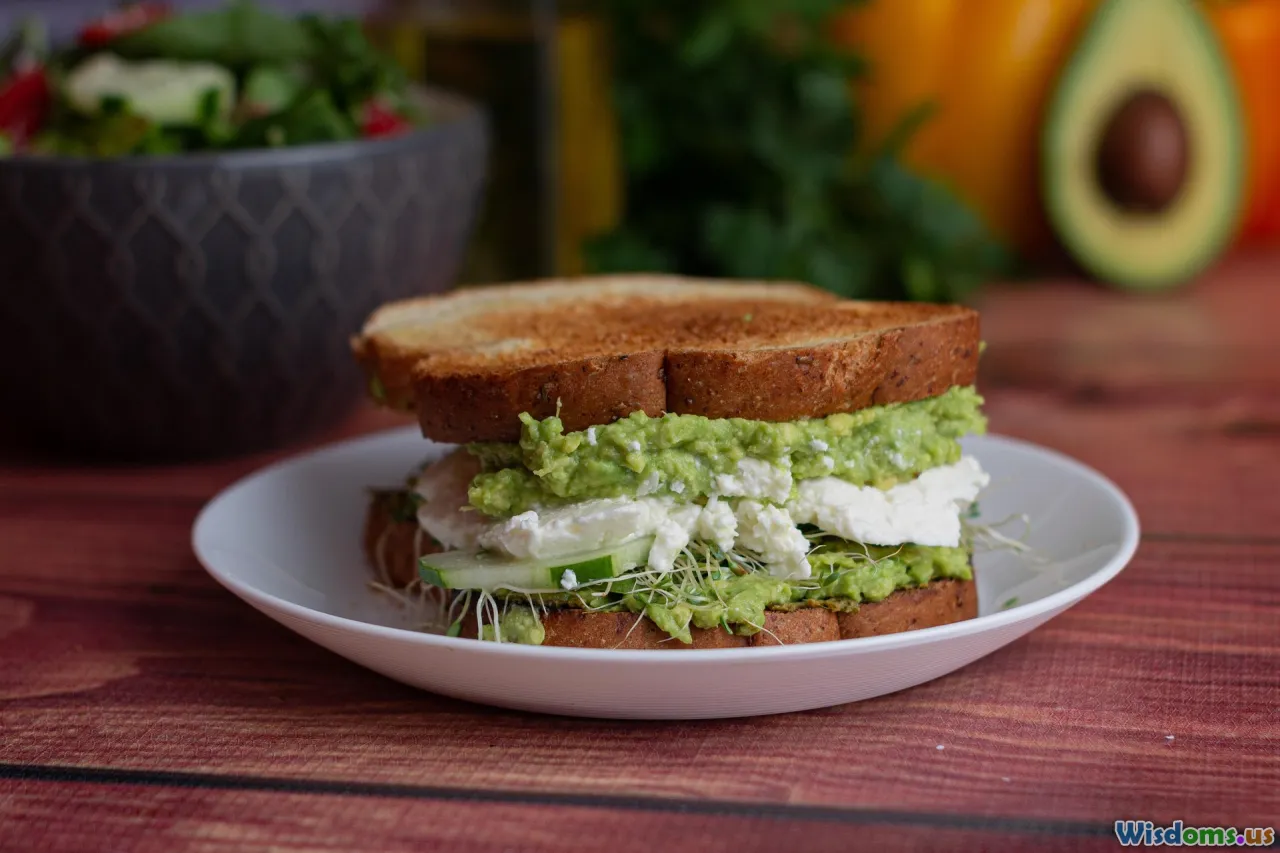
Vegetarian diets tend to be fiber-rich. Great for gut health—but too much bulk can crowd out calories for growing kids. Strike a balance.
Make every bite count:
- Add healthy fats to meals: olive oil on veggies, avocado in sandwiches, nut/seed butters on toast
- Use smoothies to deliver calories: fortified soy milk + banana + peanut butter + oats + spinach
- Choose softer, lower-fiber versions for toddlers: peeled fruits, well-cooked vegetables, refined/half-and-half grains during growth spurts
- Offer fluids between, not just before, meals to avoid early fullness
Watch for under-fueling signs:
- Slowed growth on the pediatrician’s chart
- Low energy, difficulty concentrating, persistent irritability
- Fatigue or frequent illness
If any show up, reassess portion sizes, add calorie-dense snacks, and consult your pediatrician or a pediatric dietitian.
Smart meal building: the 4-part plate
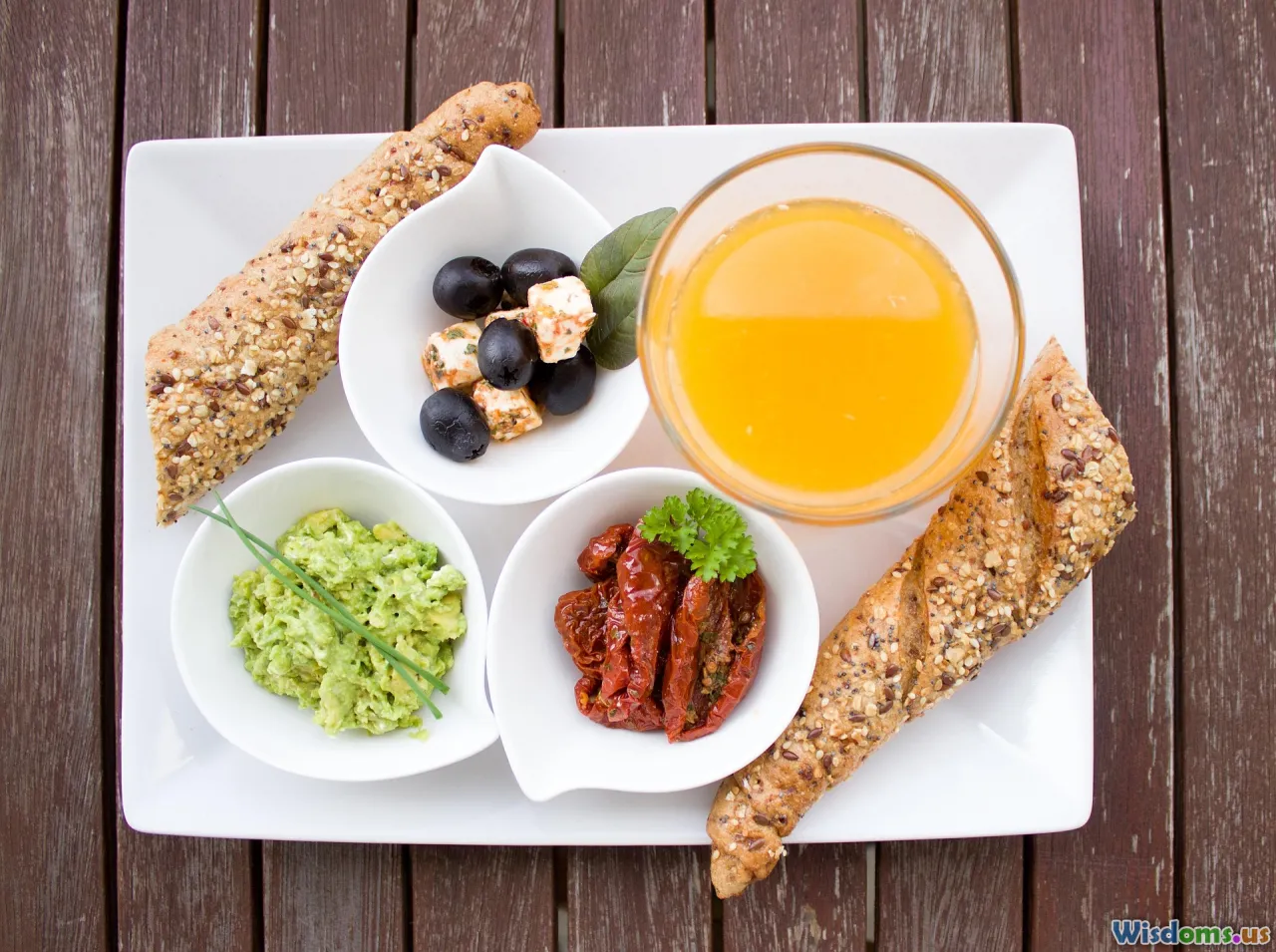
Use this simple framework for every meal:
- Protein anchor: tofu, beans, yogurt, eggs, cheese, edamame, soy milk
- Grain/starch: whole-wheat pasta, brown/white rice mix, potatoes, tortillas, oats
- Color: at least one fruit and one vegetable
- Bone-builder/fat: calcium-fortified milk or yogurt, cheese, or seeds + olive oil or avocado
Templates:
- Breakfasts:
- Fortified soy milk oatmeal + peanut butter + berries
- Scrambled eggs + whole-grain toast + orange slices
- Yogurt parfait with chia, granola, and mango
- Pancakes (use soymilk) topped with tahini-honey drizzle and banana
- Lunches:
- Hummus, avocado, and shredded carrots in a whole-wheat wrap; side of strawberries
- Bean-and-cheese quesadilla (or dairy-free cheese) + salsa + cucumber spears
- Cold soba noodle bowl with edamame, carrots, and sesame dressing
- Dinners:
- Lentil bolognese over chickpea or whole-wheat pasta + steamed broccoli with olive oil
- Stir-fried tofu, colorful veggies, and cashews over rice; pineapple for dessert
- Baked potato bar: black beans, cheese, corn, salsa; side salad
- Snacks:
- Trail mix: walnuts + pumpkin seeds + raisins + whole-grain cereal
- Apple slices with almond butter and a sprinkle of chia
- Smoothie pop made with fortified milk, spinach, and mango
Age-by-age: sample day menus

These menus demonstrate nutrient patterns, not strict prescriptions. Adjust portions to appetite and growth.
Toddlers (1–3 years):
- Breakfast: Oatmeal cooked in fortified soy milk; stir in ground flaxseed (1 tsp) and mashed banana; side of blueberries
- Snack: Half a mini whole-wheat pita with hummus; water between meals
- Lunch: Soft tofu cubes with avocado, peas, and buttered noodles (olive oil for dairy-free); orange slices for vitamin C
- Snack: Yogurt (dairy or fortified plant yogurt) with chia seeds; soft pear slices
- Dinner: Red lentil dal over rice; cooked carrots with a drizzle of olive oil; fortified soy milk in a cup
- Before bed (if needed): Small smoothie with soy milk and peanut butter
School-age (4–8 years):
- Breakfast: Greek yogurt parfait with granola, strawberries, and pumpkin seeds; water
- Snack: Apple + peanut butter
- Lunchbox: Whole-wheat wrap with hummus, shredded carrots, cucumber, and cheese; side of edamame; clementine; fortified soy milk box
- Snack: Trail mix (walnuts, raisins, whole-grain cereal)
- Dinner: Stir-fry with tofu, broccoli, bell peppers, and cashews over brown rice; kiwi for dessert
Tweens/Teens (9–18 years), including active kids:
- Breakfast: Protein-packed smoothie (fortified soy milk, banana, frozen berries, oats, peanut butter, chia seeds)
- Snack: Egg-and-cheese muffin (or tofu patty) + orange
- Lunch: Bean-and-cheese burrito bowl: black beans, corn, brown rice, lettuce, salsa, avocado; side of grapes
- Snack: Cottage cheese (or high-protein plant yogurt) with pineapple + a few whole-grain crackers
- Dinner: Chickpea pasta with marinara and sautéed mushrooms; side salad with olive oil; garlic bread
- Evening: Hot cocoa made with fortified plant milk; sprinkle fortified nutritional yeast on popcorn for B12
School lunches and social life

Keeping vegetarian outside the home is easier with a plan.
Packable, balanced lunchbox ideas:
- Bento: edamame, cheese cubes (or tofu), cherry tomatoes, crackers, grapes, and a mini muffin
- Mediterranean box: falafel bites, hummus, pita, cucumber, olives, orange wedges
- Pasta salad: whole-wheat rotini, chickpeas, bell peppers, Italian dressing, and a side of yogurt
Party and playdate strategies:
- Communicate: “They’re vegetarian—pizza and fruit are perfect, thanks!” Most hosts appreciate clarity
- Send a backup: a frozen veg burrito or a thermos of lentil soup travels well
- Teach kids phrases: “I don’t eat meat, but I’d love some of the mac and cheese and salad”
Cafeteria savvy:
- Review menus weekly; circle vegetarian mains
- Add portable protein: a small bag of roasted chickpeas or a yogurt tube
- Encourage an “add a color” habit: pick a fruit and a veggie at school meals
Shopping list and label reading
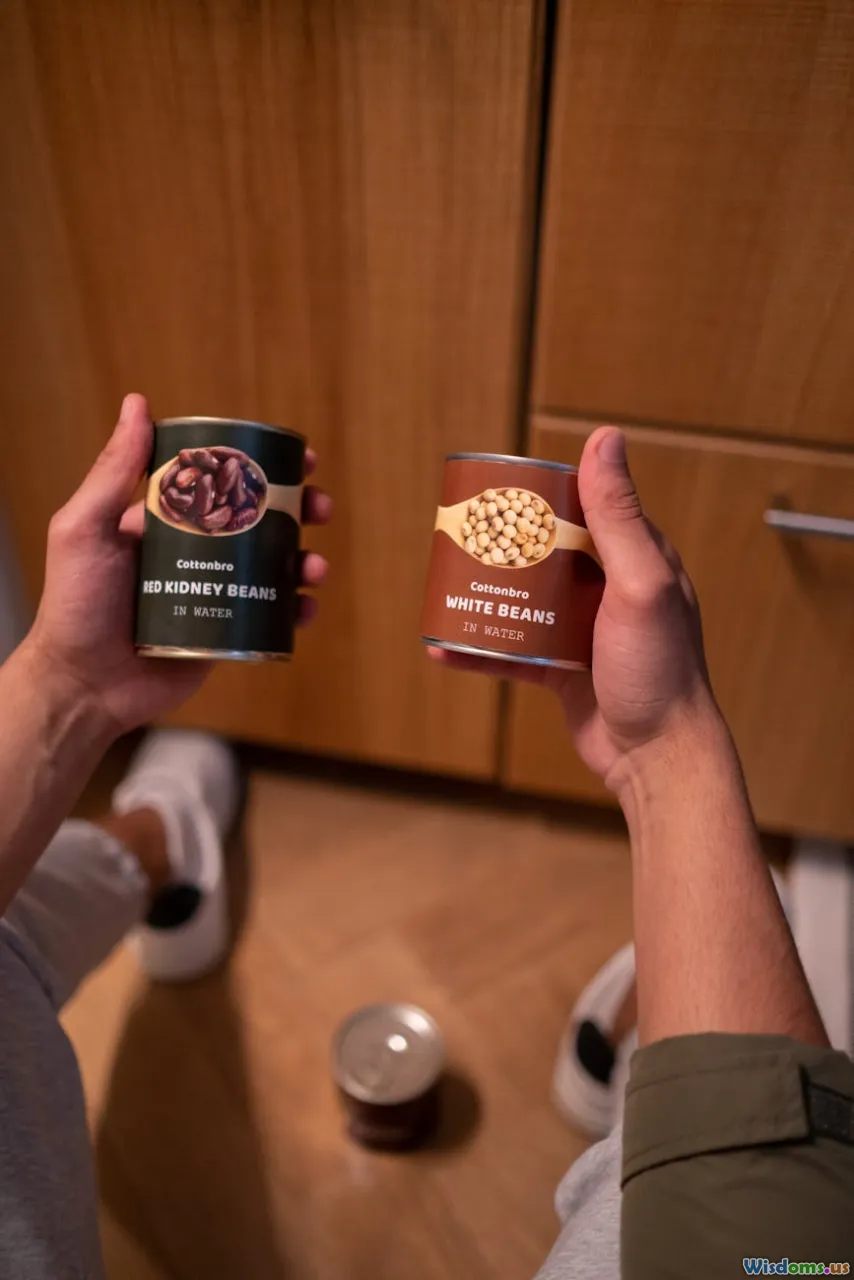
Stock a pantry that builds balanced meals almost automatically.
Pantry staples:
- Proteins: dry/canned beans and lentils, tofu, tempeh, edamame, nut/seed butters, eggs (if using)
- Grains: oats, whole-wheat pasta, rice (mix brown and white), quinoa, tortillas, whole-grain bread
- Fats: olive oil, canola oil, tahini, nuts and seeds (walnuts, chia, flax, pumpkin)
- Calcium/B12: fortified soy milk and plant yogurts; nutritional yeast
- Produce: frozen berries and veggies for quick wins; citrus and bell peppers for vitamin C
- Extras: spices, tomato sauce, low-sugar cereals, baking staples
Label cues that matter:
- Plant milks: at least 7 g protein and ~300 mg calcium per cup; vitamin D and B12 added
- Fortified cereals: iron (aim for 4–10 mg per serving for kids), zinc, and B vitamins; low added sugar
- Yogurts: choose those with calcium (20% DV or higher), live cultures, and modest sugar
- Bread and tortillas: look for whole grains; sourdough can improve mineral bioavailability
- Salt: buy iodized unless you have medical reasons not to
Budget-friendly and cultural variety

Vegetarian eating can be budget-savvy and deliciously global.
Stretch your dollar:
- Buy beans, lentils, rice, and oats in bulk
- Choose frozen produce for quality at lower cost
- Plan 2–3 “cook once, eat twice” meals (e.g., big pot of chili becomes burritos; lentil taco filling becomes shepherd’s pie topping)
- Use seasonal produce; swap similar items based on weekly sales
World cuisines that naturally center plants:
- Indian: chana masala, dal, palak paneer (or tofu), idli with sambar
- Mediterranean: lentil soup, falafel, hummus bowls, tabbouleh, veggie paella
- East Asian: tofu stir-fries, miso soup, veggie sushi with edamame
- Latin American: black bean arepas, rice and beans, veggie enchiladas, pupusas with curtido
Invite kids to help pick a weekly “cuisine night”—engagement boosts acceptance.
Monitoring growth and when to seek help

Nutrition success shows up in steady growth, energy, and curiosity. Your pediatrician’s growth charts are your compass.
What to track:
- Consistent weight and height percentiles over time (small shifts are normal; persistent drops are not)
- Puberty timing within expected ranges for family background
- Energy, sleep, and focus
Possible lab checks to discuss (especially for vegan or very selective eaters):
- Iron status (hemoglobin, ferritin)
- Vitamin B12 and/or methylmalonic acid (MMA)
- Vitamin D (25(OH)D) if limited sun/fortified foods
- Zinc or iodine only if specific concerns exist
Red flags worth a prompt call:
- Ongoing fatigue, pallor, unusual bruising, frequent infections
- Hair loss, brittle nails, mouth sores
- Persistent abdominal pain, chronic diarrhea/constipation, or notable food restriction
A registered dietitian specializing in pediatrics can individualize plans, fine-tune portions, and simplify supplementation.
Frequently asked questions
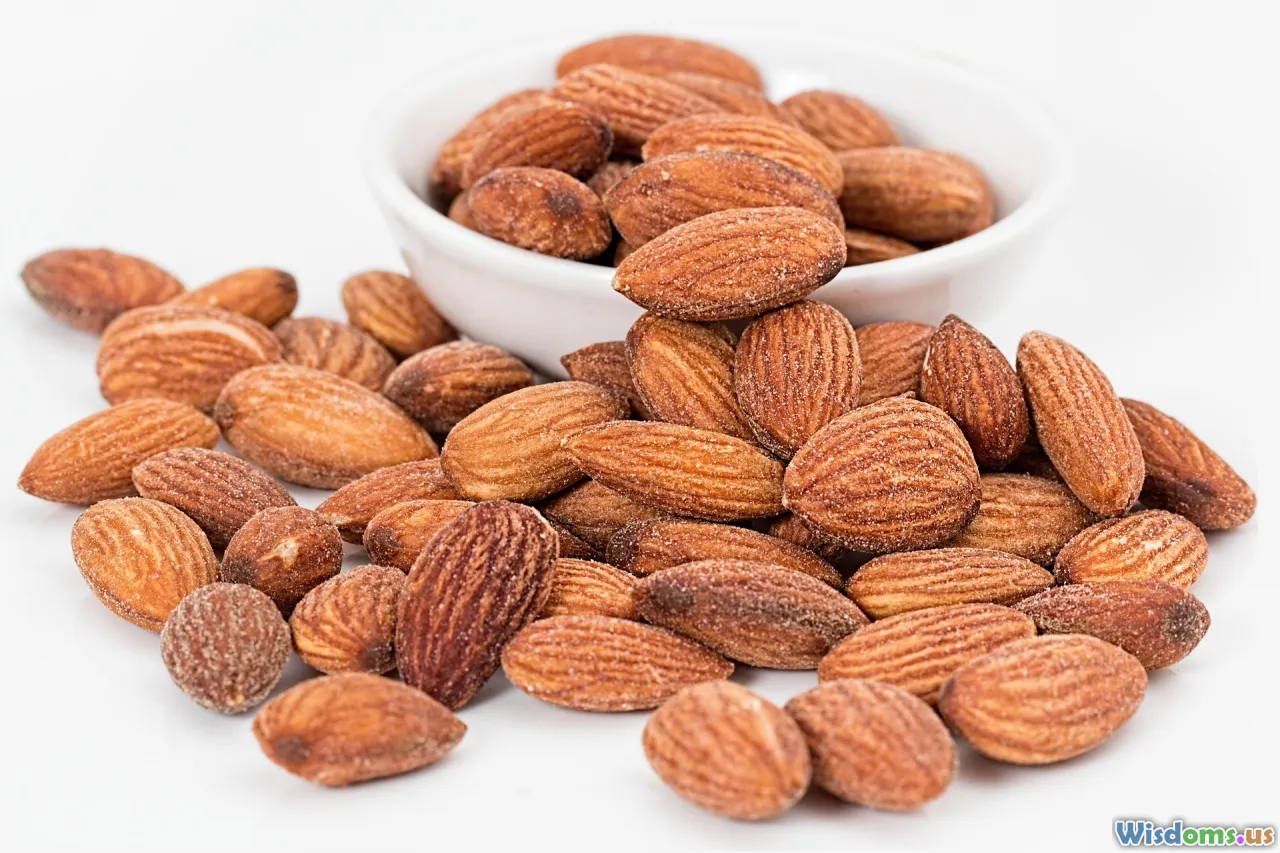
Is soy safe for kids?
- Yes. Research shows soy foods are safe for children and adolescents, supporting normal growth and development. Choose minimally processed options (tofu, edamame, tempeh, soy milk) and include as part of a varied diet.
Can my toddler drink plant milk?
- Under 12 months: breast milk or infant formula only.
- 12–24 months: whole dairy milk or fortified soy milk are appropriate (soy milk offers protein/calcium comparable to cow’s milk). Most other plant milks are too low in protein/fat for toddlers unless used in cooking. Confirm with your pediatrician.
Do kids need a multivitamin?
- Not always, but many vegetarian families find a kids’ multi with B12, iodine, and vitamin D simplifies life. Choose age-appropriate formulas and verify doses with your clinician.
What about spinach for iron?
- Spinach contains iron but also oxalates that reduce absorption. It’s great for folate and color—just don’t rely on it as the main iron source. Pair with vitamin C.
Should we use protein powders?
- Whole foods usually suffice. If you use a protein powder for a teen athlete or selective eater, pick a third-party tested product and avoid added stimulants or excessive sweeteners. Check with a dietitian if unsure.
How can I tell if a fortified food is “good enough”?
- As a rule of thumb: look for ~300 mg calcium, 1–3 mcg B12, and added vitamin D per serving in milks; cereals with at least 10% Daily Value for iron and low added sugar are good picks.
7-day dinner roadmap (quick prep)
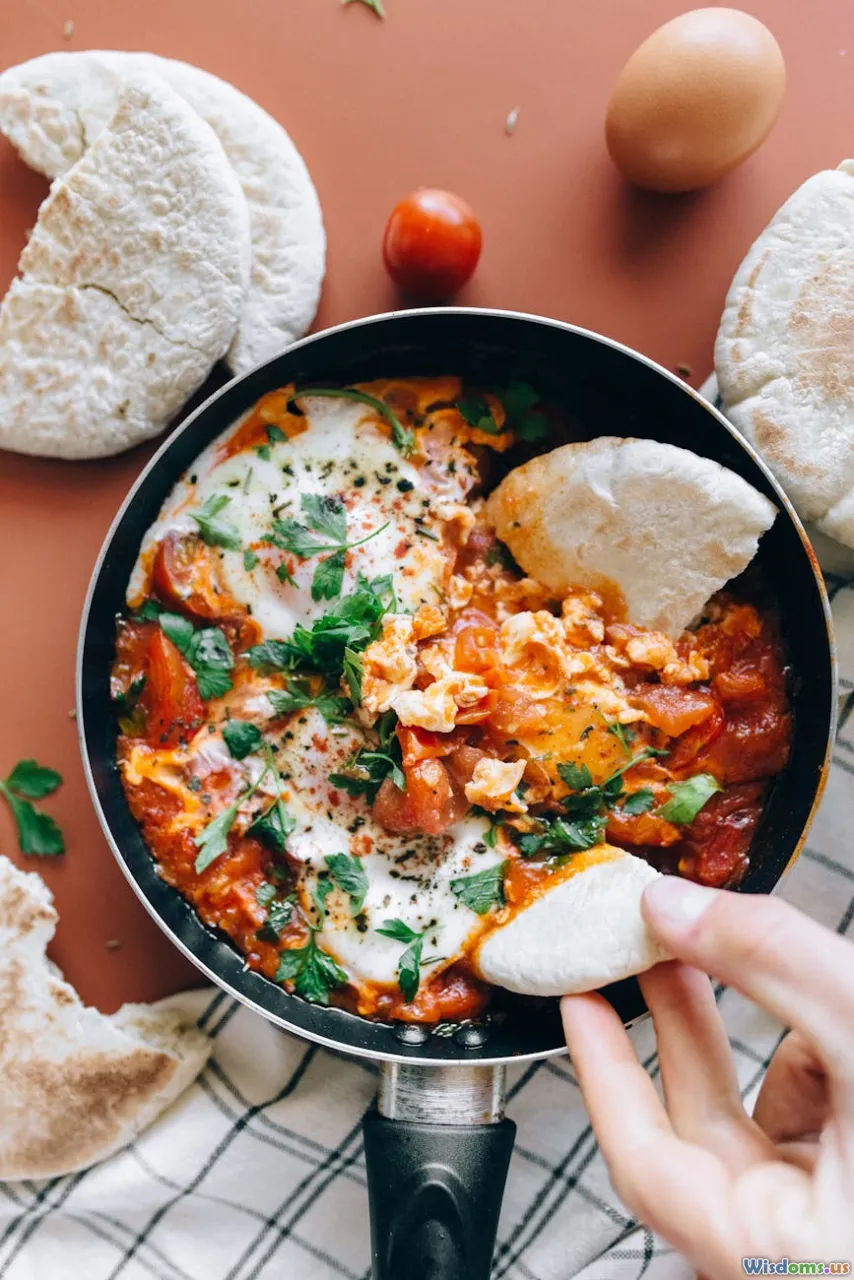
Use this rotating list to cover key nutrients with minimal stress. Pair each dinner with fruit and a calcium-containing side or beverage.
- Monday: Red lentil pasta with marinara, sautéed mushrooms, and a side of roasted broccoli (iron + vitamin C)
- Tuesday: Tofu and veggie stir-fry with cashews over rice; pineapple for dessert (zinc + ALA if cooked in canola oil)
- Wednesday: Sheet-pan chickpea tacos with corn tortillas, avocado, salsa, and shredded cabbage (fiber + healthy fats)
- Thursday: Baked potato bar with black beans, cheese (or dairy-free), corn, and scallions; side salad with olive oil (calcium + iron)
- Friday: Falafel bowls with hummus, cucumber, cherry tomatoes, olives, and pita (protein + zinc)
- Saturday: Peanut noodles with edamame and steamed greens; orange slices (protein + vitamin C)
- Sunday: Veggie-and-cheese frittata (or chickpea flour omelet) with roasted sweet potatoes and a fruit salad (choline + beta-carotene)
Small adjustments, big impact:
- Add ground flax or chia to sauces, batters, and yogurt
- Swirl tahini or olive oil onto veggies
- Top bowls with pumpkin or hemp seeds for zinc and iron
A final word of reassurance: you don’t need perfection—just patterns. Offer a protein at each meal, use fortified foods smartly, plan for B12, iodine, calcium, and vitamin D, and keep flavors varied and fun. With those habits, vegetarian kids can thrive—growing strong bodies, adventurous tastes, and lifelong curiosity about good food.
Parenting Healthy Eating Nutrition & Food Plant-Based Diets Child Nutrition plant-based protein Vegetarian & Vegan complete protein combinations vitamin B12 for kids iron-rich vegetarian foods calcium and vitamin D omega-3 DHA/EPA zinc sources fortified foods kids meal planning vegetarian school lunches picky eater strategies growth and development
Rate the Post
User Reviews
Popular Posts










